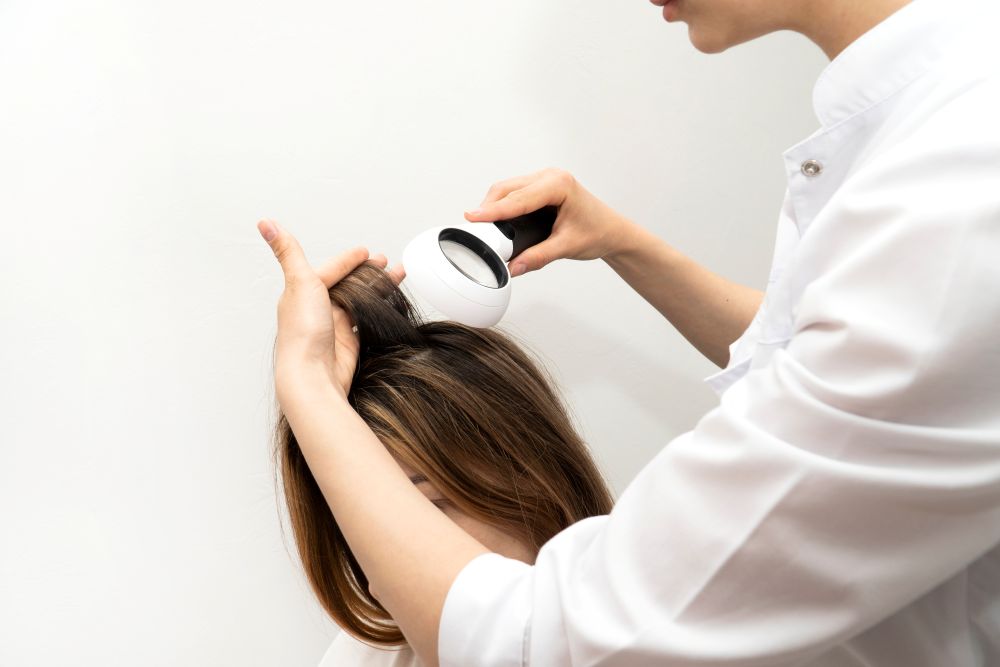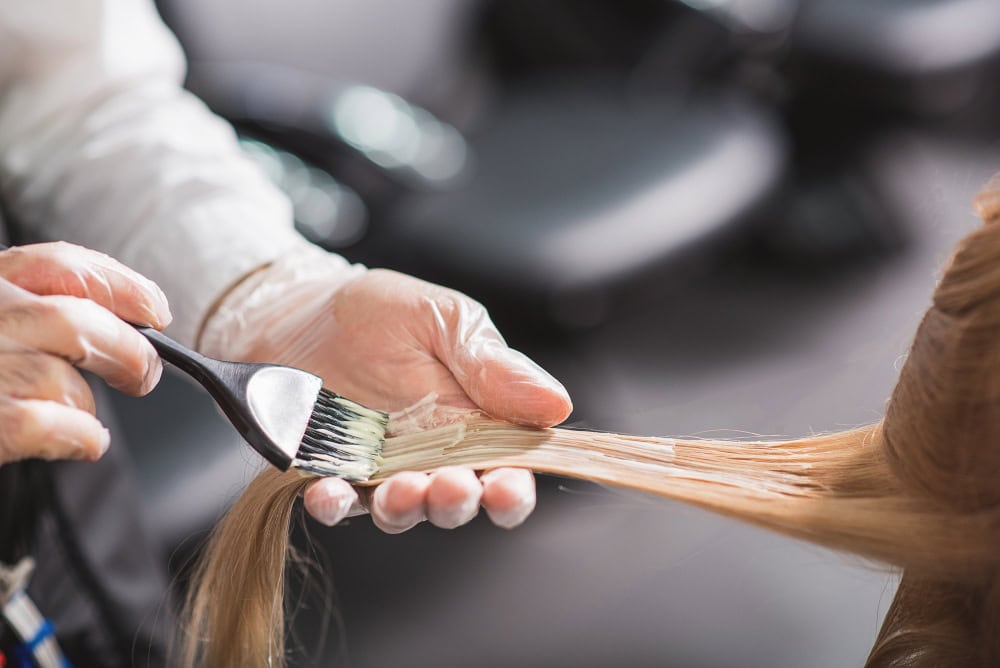Hairline restoration isn’t just about fixing hair thinning or a receding hairline—it’s also a form of facial framing that can dramatically enhance confidence, especially for women. One of the most common concerns we hear is: “Do I need to shave my head for a hairline transplant ?”
This article answers everything you need to know about getting a female hairline transplant, including the available techniques, preparation tips, and how to maintain your results.
What Is a Hairline and Why Does It Matter for Women ?
A hairline is the edge where your forehead meets your hair. Though seemingly small, it plays a major role in how your face is perceived. Genetics, age, hormones, and gender all influence the shape of the hairline. Typically, a woman’s hairline is softer and more rounded compared to a man’s, adding a natural, feminine contour to the face.
When the hairline is too high, thinning, or uneven, it can make the forehead look wider, the face appear longer, or even give the impression of premature aging. Many women end up styling their hair to cover these concerns, which limits hairstyle options and can affect everyday confidence.
How Is a Female Hairline Transplant Different From a Male One ?
While the basic surgical principles are similar, a female hairline transplant is more intricate in both technique and aesthetic design. Here’s why:
- Women typically have longer hair, making any shaved areas harder to hide and more emotionally distressing.
- Designing a natural-looking hairline for women requires expert precision to match each individual’s facial symmetry and softness.
- The goal isn’t just to fill in bald spots but to reshape and refine the face’s frame, giving it a softer and more harmonious appearance.
Do You Really Have to Shave Your Head for a Hairline Transplant ?
The short answer is: not always. It depends on the technique your doctor recommends. Here’s a breakdown of the options:
- FUT (Follicular Unit Transplantation): This older technique involves removing a strip of scalp from the back of the head, dissecting it into grafts, and implanting them along the hairline. It usually requires shaving and leaves a linear scar that’s not ideal for women with long hair.
- FUE (Follicular Unit Extraction): A more modern technique that extracts grafts one by one from the donor area, typically requiring a small shaved section for precision. Less scarring, but still visible if hair is long.
- Non-Shaven FUE (Unshaven FUE): This advanced method uses careful trimming of small patches hidden under the hair, allowing for discreet graft extraction. It’s a popular choice for women who want to keep their hairstyle intact.
- Long Hair Transplant: The most seamless option for women. It uses long strands from the donor area without any shaving, and the transplanted hairs show immediate results in terms of shape and density. Perfect for reshaping the hairline without a visible recovery period.
In short, if you opt for Non-Shaven FUE or a Long Hair Transplant, you won’t need to shave your head.

How to Prepare for a Female Hairline Transplant ?
Proper preparation helps ensure safe, natural-looking results. Here’s how to get ready:
- Avoid chemical hair treatments like coloring, perming, or straightening for at least 2 weeks before surgery.
- Stop taking blood-thinning supplements such as aspirin, Vitamin E, or omega-3 fatty acids at least 7 days prior (consult your doctor).
- Wash your scalp thoroughly on the morning of the procedure to reduce infection risks.
- Discuss all medications, medical history, and aesthetic expectations with your surgeon to help design a hairline that suits your face and personality.
When Will the Hair Grow Back? And How Should You Care for It ?
After a female hairline transplant, new hair typically begins to grow around the 3-month mark, reaching full density between 10–12 months. You may notice initial shedding known as “shock loss” which is normal and temporary.
To ensure successful growth and avoid complications:
- Avoid touching or rubbing the transplanted area for the first 7 days. Use a saline spray or any post-op solution provided by your doctor to keep the area clean.
- Refrain from intense activities like heavy workouts, sweating, or bending over during the first 1–2 weeks.
- Follow all medication instructions from your doctor, including antibiotics, pain relievers, and any topical solutions or shampoos prescribed.
- Avoid heat and harsh chemicals for the first month. Skip the hairdryer, styling products, and chemical treatments to protect fragile grafts.
- Maintain scalp hygiene and never scratch or pick at scabs that form along the transplanted zone.
If you’re looking for a way to restore your hairline without shaving your head or compromising your appearance, the Long Hair Transplant technique may be the perfect solution. This advanced method allows you to see the newly designed hairline immediately without altering your hairstyle even for a day.
At Max Hair Thailand, a trusted hair transplant clinic specializing in female hairline design, experienced physicians use an artistic approach tailored to each woman’s facial structure. The clinic has earned the trust of many celebrities and public figures. For more information, contact 083-289-1664 or WhatsApp: Max Hair Clinic.
Reference:
- A Guide to Hair Transplant for Women. Retrieved July 16, 2025, from https://ishrs.org/hair-transplant-for-women/?utm_source




